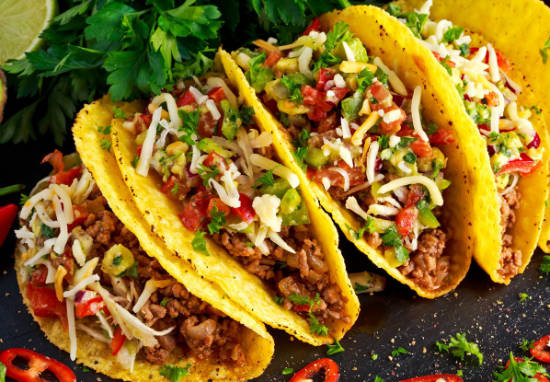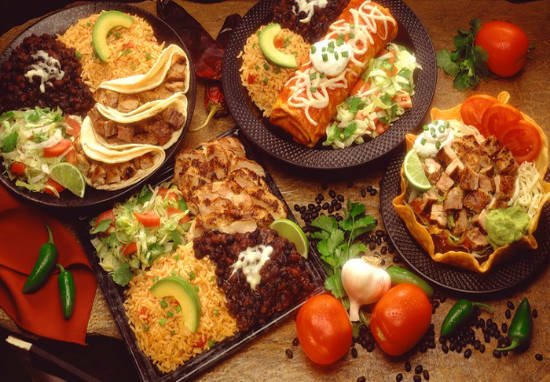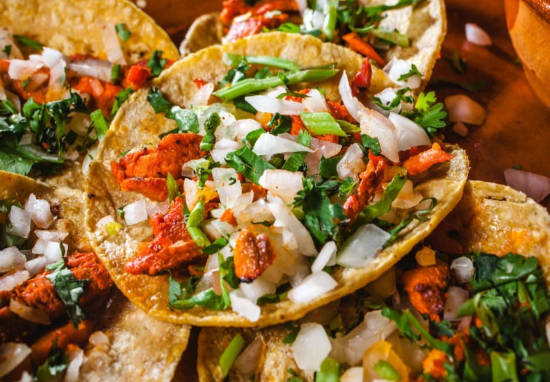Egyptian cuisine makes heavy use of legumes, vegetables and fruit from Egypt's rich Nile Valley and Delta. It shares similarities with the food of the Eastern Mediterranean region, such as rice-stuffed vegetables, grape leaves, shawerma, kebab and kofta.
Nestled in an alleyway off of Al Azhar Street in Al Azhar, the original branch of Farhat – not to be confused with the branch in Mohandiseen – is quite well-known in the area, so finding it shouldn’t be too much of a problem despite its less-than-obvious location. The alleyway in which its tables are set up bustles with locals going about their business and is the perfect setting to enjoy what has been hailed as the best stuffed pigeon in town. The menu consists of pigeon and mixed grill only; a couple of salads do accompany the main course, but the star is undoubtedly the stuffed bird and deservingly so. Perfectly seasoned and cooked to sheer succulence, the cracked wheat stuffing was also very tasty, making the whole meal a quick one, albeit a very successful one.
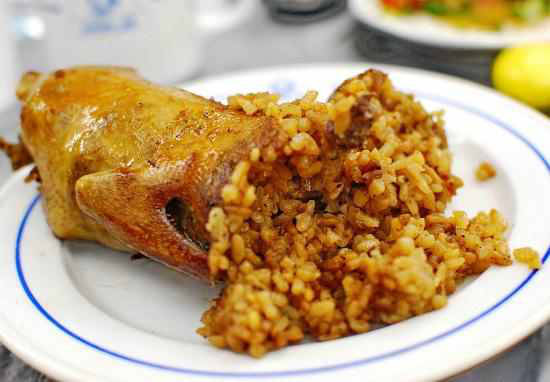
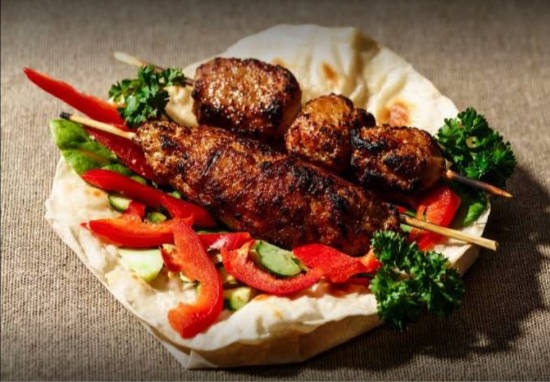
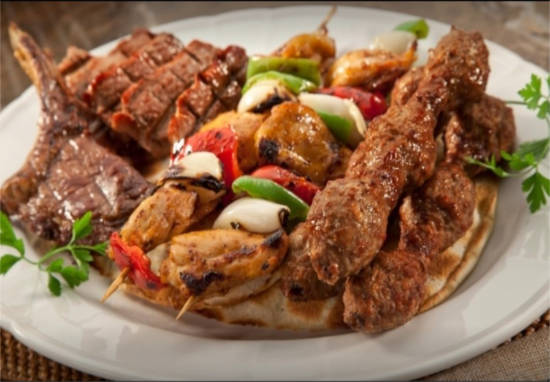
Syrian cuisine is a diffusion of the cultures of civilizations that settled in Syria, particularly during and after the Islamic era beginning with the Arab Umayyad conquest, then the eventual Persian-influenced Abbasids and ending with the strong influences of Turkish cuisine, resulting from the coming of the Ottoman Turks.
Anas Al Demashky is one of the best Syrian restaurants that offers a wide variety of dishes. The menu features all items you would expect from a Syrian restaurant such as Oriental Appetizers sandwiches, pizza, ortiental pastries, meals, special anos, Anas shamiat, Anas broast, additional dishes and Anas Sweets. The greatest thing about this kind of restaurant is the simple relationship between it and its customer. They know you don’t expect fancy décor or waiters explaining the specials, you expect filling, satisfying food and that’s all they serve.
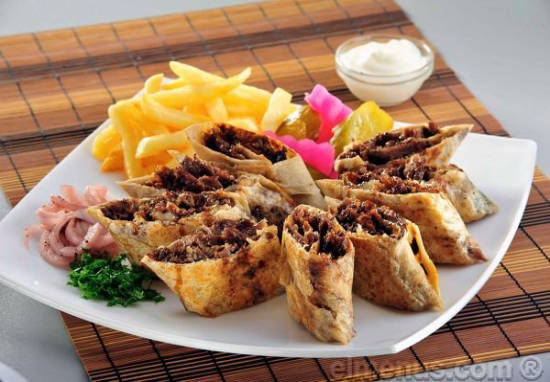
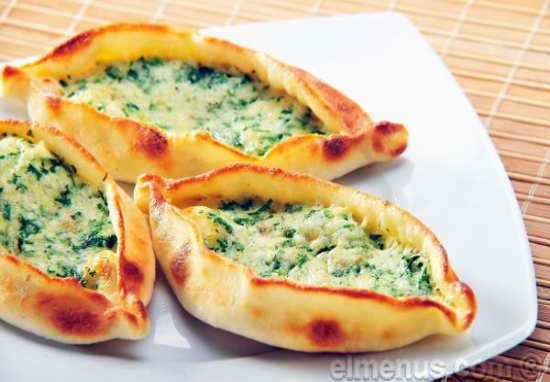
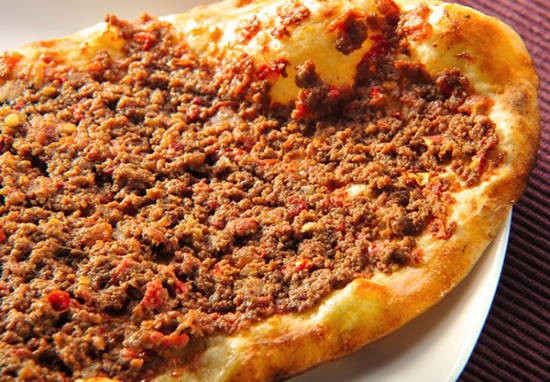
Japanese cuisine encompasses the regional and traditional foods of Japan, which have developed through centuries of political, economic, and social changes. The traditional cuisine of Japan is based on rice with miso soup and other dishes; there is an emphasis on seasonal ingredients.
Sakura Sushi offers an interesting selection of soups, salads and appetisers, the menu also features several delicious main courses such as Chicken Katsu and Salmon Teriyaki, alongside rice, noodles and the sushi menu.
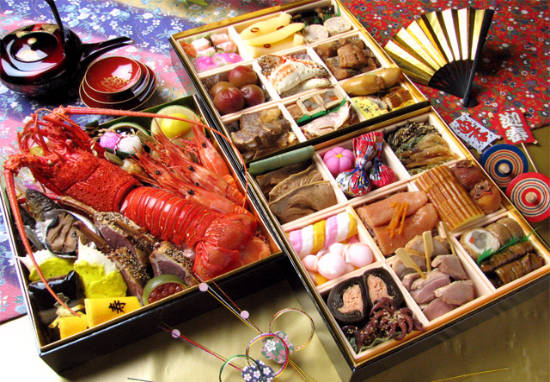
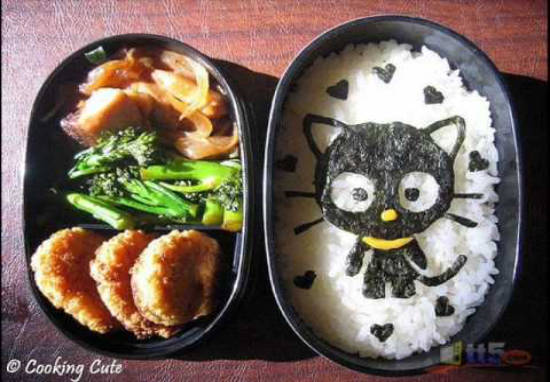
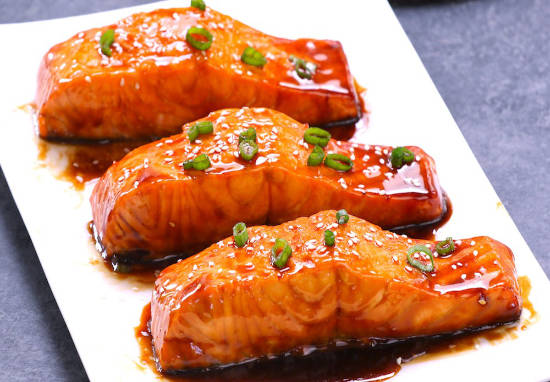
Italian cuisine is generally characterized by its simplicity, with many dishes having only two to four main ingredients. Significant changes occurred with the discovery of the New World and the introduction of potatoes, tomatoes, bell peppers, maize and sugar beet, this last introduced in quantity in the 18th century. Italian cuisine is known for its regional diversity, especially between the north and the south of the Italian peninsula. It offers an abundance of taste, and is one of the most popular and copied in the world. It influenced several cuisines around the world, chiefly that of the United States.
The Maadi restaurant is small with a cosy, calm and slightly rustic ambiance. The use of black and white with hints grey shades in their branding and interior gave the place simple and homely aesthetic. Granted, it’s simply white with wooden tables and black and white frames with generic messages like ‘stay hungry’, but then the exposed kitchen – a bold move in such small place – added a great element to the overall experience as you are watching the chefs working in peace.
The menu is divided into four categories: there are two soups, three salads, three starters and nine pasta dishes, alongside a few desserts and drinks. It’s certainly a vegetarian-friendly menu, but for meat eaters, the options are limited.
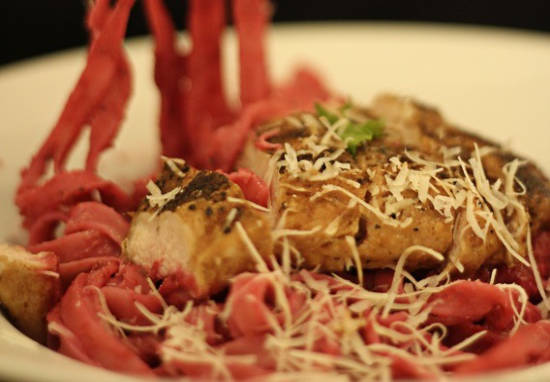
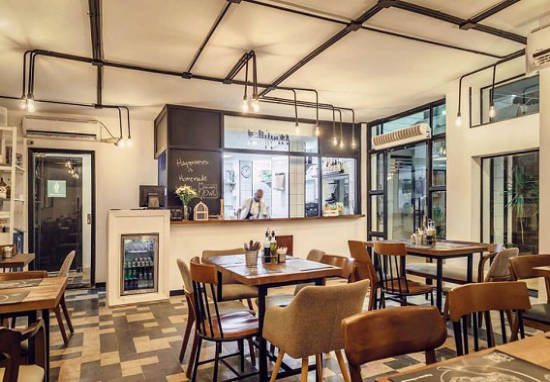
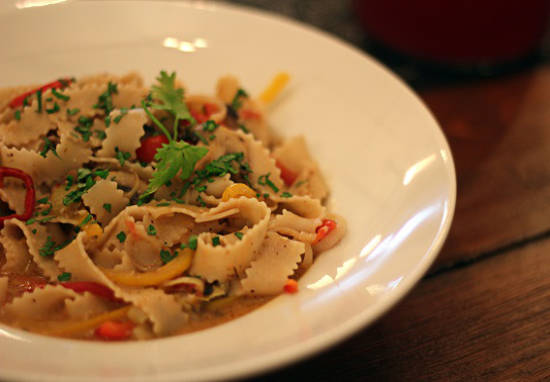
Indian cuisine consists of a wide variety of regional and traditional cuisines native to the Indian subcontinent. Given the range of diversity in soil type, climate, culture, ethnic groups, and occupations, these cuisines vary substantially from each other and use locally available spices, herbs, vegetables, and fruits. Indian food is also heavily influenced by religion, in particular Hindu, cultural choices and traditions. The cuisine is also influenced by centuries of Islamic rule, particularly the Mughal rule. Samosas and pilafs can be regarded as examples.
Indira offers delectable Indian spices and enchanting flavours with its artful cooking and authentic ingredients. Arguably one of the most modern-looking Indian eateries we’ve seen in the Capital, Indira’s dark wood tables and tasteful décor feel like Indian exoticism and modern architecture have been merged seamlessly. Due to its Holiday Inn location, the restaurant’s clientele is a mixture of tourists and Cairenes looking for an upscale Indian feast.
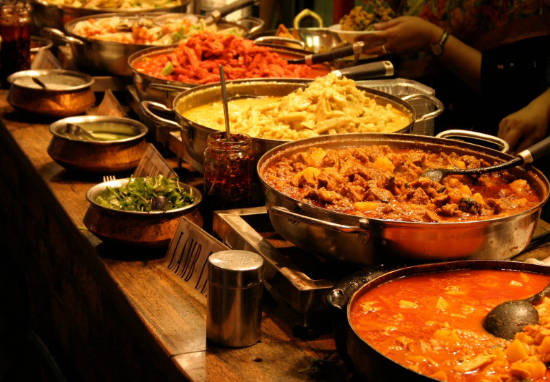
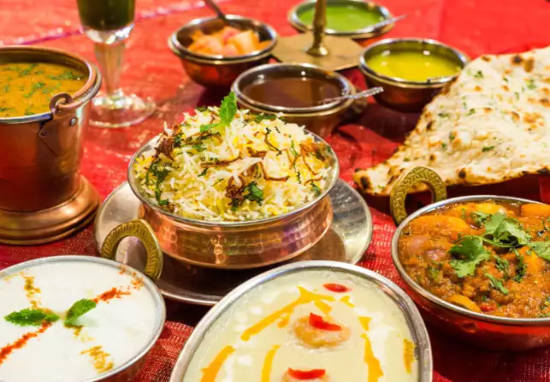
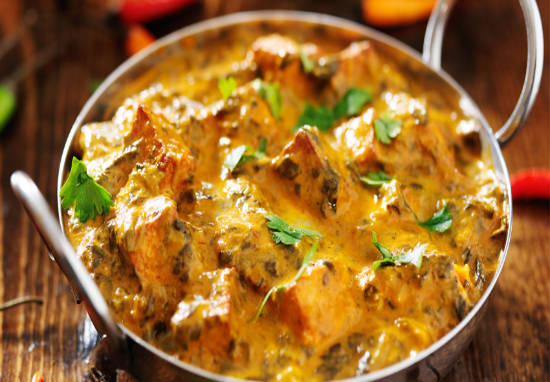
Mexican cuisine began about 9,000 years ago, when agricultural communities such as the Maya formed, domesticating maize, creating the standard process of corn nixtamalization, and establishing their foodways. Successive waves of other Mesoamerican groups brought with them their own cooking methods. These included the Olmec, Teotihuacanos, Toltec, Huastec, Zapotec, Mixtec, Otomi, Purépecha, Totonac, Mazatec, and Mazahua.
Tucked away in one of the corners of the Fairmont Heliopolis in Cairo is Maria’s, a small, delightful and orange-hued Mexican eatery. It offers a wide variety of Mexico's authentic food such as Esquites, Guacamole, Nachos, Tacos, Sincronizada and Entomatadas.
